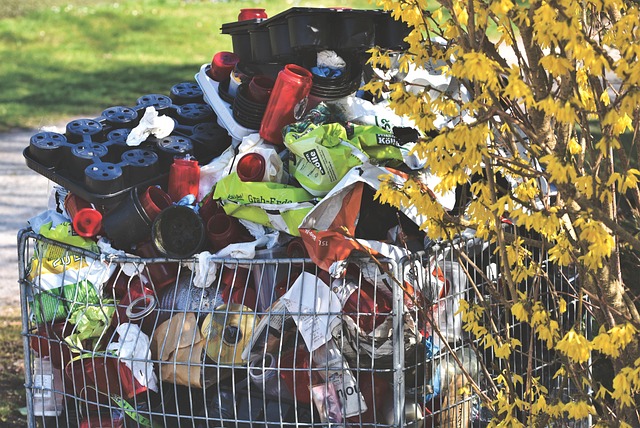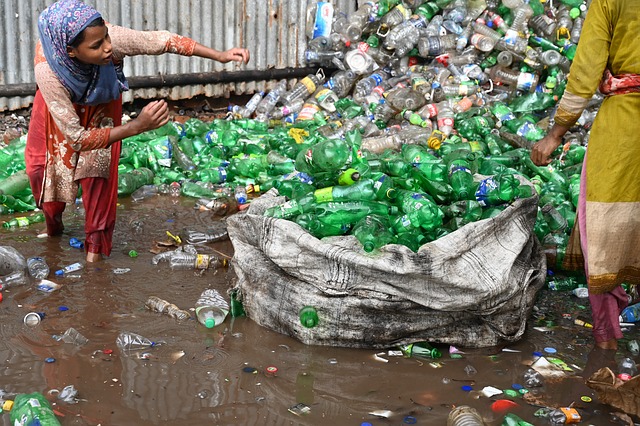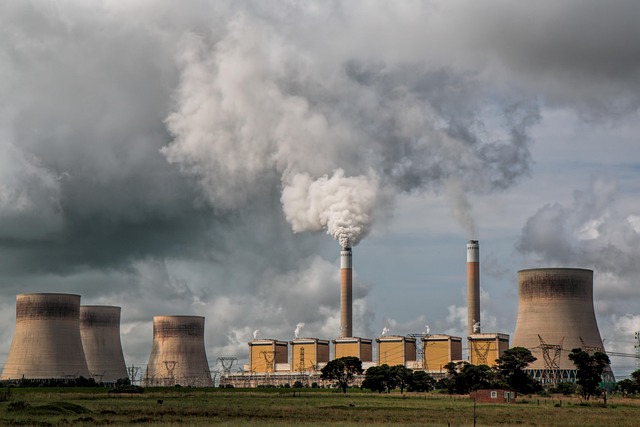
Waste Removal
Introduction to Waste Removal
Waste removal is a critical aspect of urban management and environmental sustainability. It encompasses the collection, transportation, processing, and disposal of waste materials generated by households, businesses, and industries. Effective waste removal systems are essential for maintaining public health, reducing environmental pollution, and promoting recycling and resource recovery.
The Importance of Waste Management
Proper waste management is vital for several reasons:
- Public Health: Inadequate waste removal can lead to health hazards, including the spread of diseases. Accumulated waste can attract pests and create unsanitary conditions.
- Environmental Protection: Efficient waste management minimizes the negative impact on the environment. It reduces pollution, conserves natural resources, and promotes sustainable practices.
- Resource Recovery: Many waste materials can be recycled or repurposed. Effective waste management systems facilitate the recovery of valuable resources, reducing the need for new raw materials.
- Economic Benefits: A well-organized waste removal system can lead to cost savings for municipalities and businesses. It can also create jobs in the waste management sector.
Types of Waste
Waste can be categorized into several types, each requiring different management strategies:
- Municipal Solid Waste (MSW): This includes everyday items discarded by the public, such as food waste, packaging, and household items.
- Hazardous Waste: Materials that pose a risk to human health or the environment, such as chemicals, batteries, and electronic waste.
- Construction and Demolition Waste: Debris generated from construction, renovation, and demolition activities, including concrete, wood, and metal.
- Industrial Waste: Waste produced by manufacturing processes, which can include a variety of materials, some of which may be hazardous.
Waste Removal Processes
The waste removal process typically involves several key steps:
- Collection: Waste is collected from designated locations, such as residential areas and commercial establishments. This can be done through curbside pickup or drop-off centers.
- Transportation: Collected waste is transported to processing facilities or landfills. This step is crucial for ensuring that waste is handled efficiently and safely.
- Processing: Waste is sorted and processed to recover recyclable materials and reduce the volume of waste sent to landfills. This may involve shredding, composting, or incineration.
- Disposal: Residual waste that cannot be recycled is disposed of in landfills or through other methods, such as waste-to-energy facilities.
Recycling and Its Benefits
Recycling is a key component of waste management that involves converting waste materials into new products. The benefits of recycling include:
- Conservation of Resources: Recycling reduces the need for raw materials, conserving natural resources and energy.
- Reduction of Landfill Waste: By recycling, less waste is sent to landfills, prolonging their lifespan and reducing environmental impact.
- Economic Opportunities: The recycling industry creates jobs and stimulates economic growth through the processing and sale of recycled materials.
- Environmental Protection: Recycling helps reduce pollution and greenhouse gas emissions associated with waste disposal and raw material extraction.
Challenges in Waste Management
Despite its importance, waste management faces several challenges:
- Public Awareness: Many individuals are unaware of proper waste disposal practices and the importance of recycling.
- Infrastructure: Inadequate waste management infrastructure can hinder effective waste collection and processing.
- Contamination: Contaminated recyclables can lead to increased costs and inefficiencies in recycling programs.
- Regulatory Compliance: Waste management companies must navigate complex regulations, which can vary by region and type of waste.
Conclusion
Waste removal is an essential service that plays a significant role in public health and environmental sustainability. By understanding the processes involved and the importance of recycling, communities can work towards more effective waste management solutions. As urban populations continue to grow, the need for efficient waste removal systems will become increasingly critical.
















 Wind Turbine Blade Types
Wind Turbine Blade Types 
 Health
Health  Fitness
Fitness  Lifestyle
Lifestyle  Tech
Tech  Travel
Travel  Food
Food  Education
Education  Parenting
Parenting  Career & Work
Career & Work  Hobbies
Hobbies  Wellness
Wellness  Beauty
Beauty  Cars
Cars  Art
Art  Science
Science  Culture
Culture  Books
Books  Music
Music  Movies
Movies  Gaming
Gaming  Sports
Sports  Nature
Nature  Home & Garden
Home & Garden  Business & Finance
Business & Finance  Relationships
Relationships  Pets
Pets  Shopping
Shopping  Mindset & Inspiration
Mindset & Inspiration  Environment
Environment  Gadgets
Gadgets  Politics
Politics 